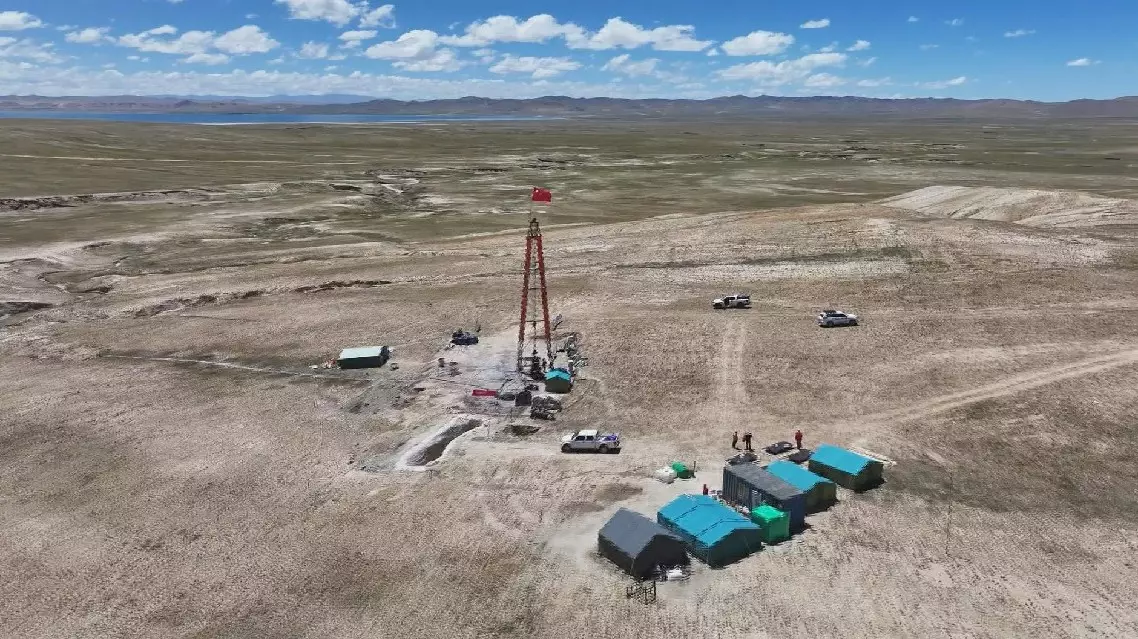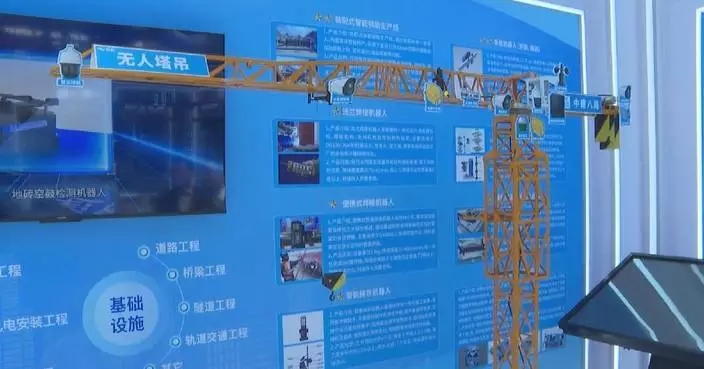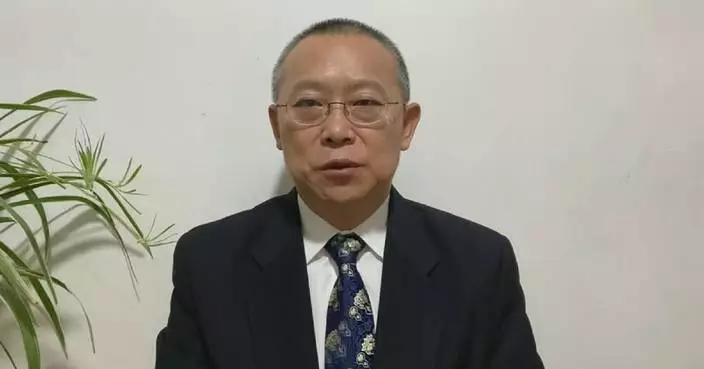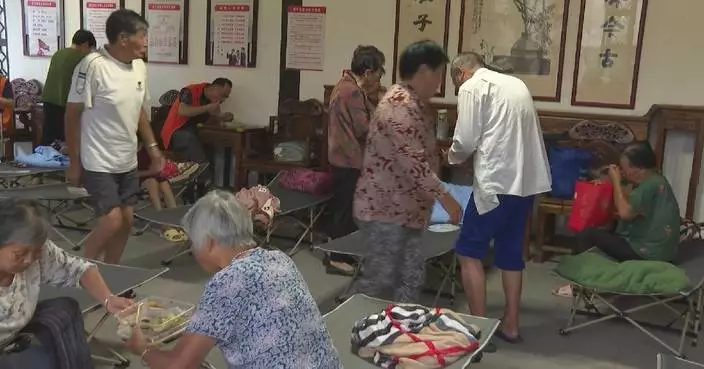From planting corn to grinding soy milk, a project promoted and carried out by China Agricultural University is helping Tanzania achieve comprehensive goals such as agricultural technology, nutrition and health, and poverty reduction.
Tanzania is located in eastern Africa, more than 8,000 kilometers away from China. It was Professor Li Xiaoyun's team from China Agricultural University who introduced soy milk to Tanzania. They have been here to carry out agricultural cooperation since 2011.
In August this year, an international agricultural expo was held during Tanzania's Farmers' Day, and the team from China Agricultural University was invited. The on-site demonstration of manual corn and soybean threshing methods, as well as how to make soy milk with a stone mill, attracted many local government officials, agricultural technology extension workers, and farmers' representatives.
Tanzania is an agricultural country, and Morogoro is a major agricultural province in Tanzania, with corn being its main food crop. However, the local corn yield is only about one fifth of that in China.
Professor Li said the team used technologies suitable for the local development level to change the status of local agricultural production. In 2021, Li's team officially launched the "Small Beans, Big Nutrition" project to promote corn and soybean intercropping and interplanting techniques, and shared with locals the processing methods of soy products such as soy milk, bean cakes and bean feed.
"It forms a complete system from planting to nutrition, achieving big harvest with small technology, getting big nutrition from small beans. Through this form, it increases the farmers' income," Li said.
With the promotion of the China Agricultural University team, soy milk has quietly become popular in the local area due to its rich taste and nutrition. Many farmers have increased their income by growing soybeans. Omari Haryo is one of the first pioneers. With the income from growing soybeans and selling soy milk, he successfully opened a small restaurant.
"I am very grateful to the Chinese team for coming here. They taught us the technology of growing soybeans and making soy milk, which greatly increased my income and improved our family's living conditions. I hope everyone can join and benefit from it like me," he said.
"I know Chinese, because they visited us, they came to Tanzania for a long time. And they worked together with the Tanzanians in so many activities, in railways, agriculture, the health system and other areas," said a local official.
As of today, the China Agricultural University team established many village-level poverty reduction study centers and a corn and soybean technology institute in Morogoro to share China's successful experience in agricultural development, rural governance and poverty reduction, and jointly explore new space and new paths for expanding China-Africa agricultural cooperation.
"Our next step is to increase production and develop animal husbandry. Corn and soybeans can be used as feed, and they can also be made into soy milk and soy products. Then a low-cost industrial chain can be formed there to achieve agricultural development. Within the framework of a community with a shared future for mankind, we hope to share China's development experience with Africans in Tanzania," Li said.
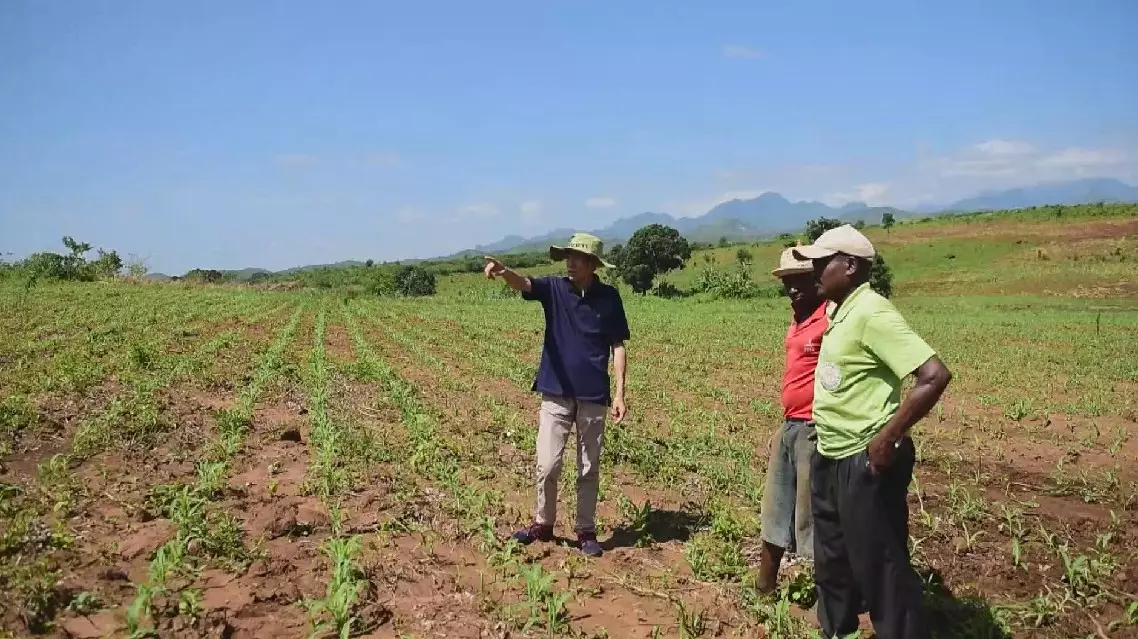
Chinese team helps develop agriculture in Tanzania through soybean project


